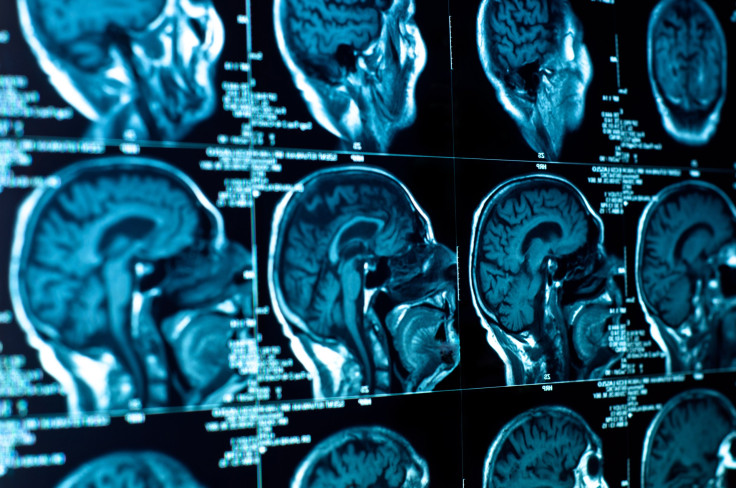MRI Scan Detects ADHD In Children’s Brain; May Mean Earlier And More Accurate Diagnosis

Diagnosing a child with ADHD is a complicated multi-step process. According to the Centers for Disease Control and Prevention, there is no single test to diagnose the condition. It is often mistaken for other problems that share similar symptoms such as anxiety, depression, and certain learning disabilities. Diagnosis of ADHD, however, may become simpler in the future thanks to a new study that used an MRI scan to pinpoint the condition. This discovery suggests that the machine could one day be used to help provide accurate and early diagnosis of the disorder.
The study revealed that children and adolescents with ADHD have disrupted connections between different areas of the brain that can be seen on an MRI. In the study, which is published in the online journal Radiology, researchers used functional magnetic resonance imaging (frMRI). This is a new technique that is able to read neural function of the idle brain.
According to the press release, researchers compared the results in 22 boys with ADHD, aged 6 to 16 with 32 healthy controls in the same age group. They then compared the results from the frMRI with results from a traditional test used to diagnose ADHD. The researchers found that patients with ADHD had altered structure and function located in areas of the brain associated with strategic planning and inhibitory control.
“Our study suggests that the structural and functional abnormalities in these brain regions might cause the inattention and hyperactivity of the patients with ADHA, and we are doing further analysis on their correlation with the clinical symptoms,” Qiyong Gong, a neurologist from the Department of Radiology at West China of Sichuan University in China, explained in a recent press release. Gong and his team hope to use the results from this study to make rfMRIs and effective diagnosis tool for ADHD. It can also be used to monitor the condition’s progression.
The study found a direct link between the brain images and patients’ symptoms. The findings suggest that brain abnormalities associated with ADHD are more widespread than what has been previously believed. The study’s researchers believe that to better understand the condition, it is important to understand how these brain alterations affect a patient’s behavior. Further studies will be conducted to determine if brain connectivity changes over time and to see if there are differences in connectivity between the different subtypes of ADHD.
Attention deficit hyperactivity disorder (ADHD) is a chronic disorder that affects millions of children. It is characterized by a number of symptoms such as difficulty with attention, hyperactivity, and impulsive behavior. Its symptoms often decrease with age but sometimes can last well into adulthood.



























